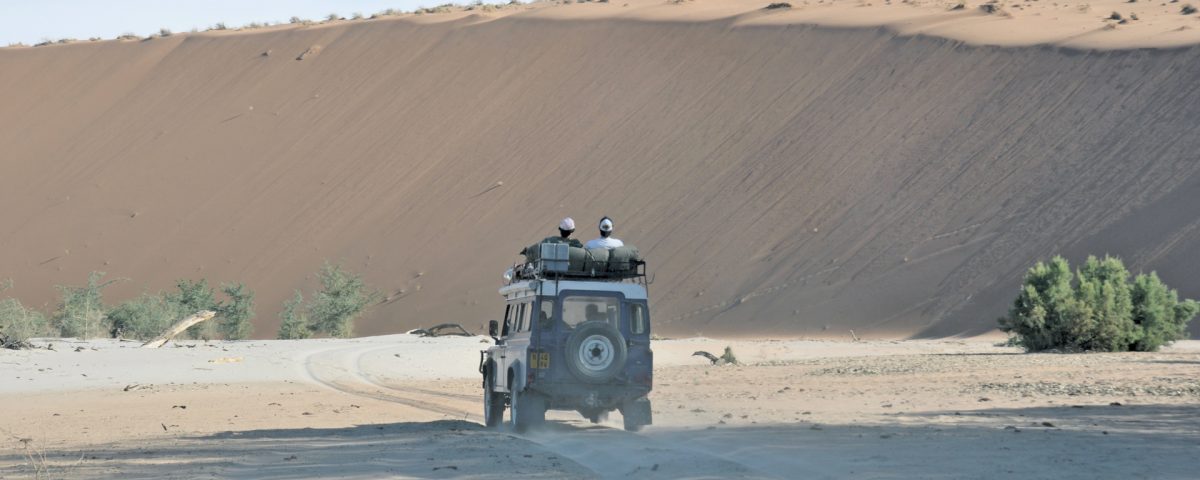
Getting lost at Auas Safari Lodge
September 8, 2016
Air Namibia now offer flights to Gaborone & Durban
September 13, 2016Text Dr Nad Brain
It’s not the distance, it’s the experience.
T he elephants reappeared. It had been a three-month search and the matriarch, Knobnose, had taken her herd and eluded us. She had a radio collar on and I had an aeroplane to track her, yet she disappeared on her ancient ancestral path. When she brought her clan back, we stood in quiet respect. We watched, we filmed – we simply were in silent awe. Infrasonic grumbles, just audible, crossed the open plains of Etosha and a hundred other elephants knew that she had returned. So did we.
But she quietly carried a heavy burden: both her previous calves had died of anthrax. And when you looked into those deep reflective amber eyes it seemed that they projected everything we had never known. Now, beneath those eyes and tucked closely against her leg was a new calf, perhaps five days old.
So we learnt about the elephants and loved them. I wished they could have been with us when we watched our National Geographic Special as it crossed the planet on satellite TV.
The anthrax tragedy that our elephants had to live with was not restricted to them alone. The San (Bushmen) from the Tsumkwe area alerted us to that. In an absolutely unique environment of immunity, antibodies, deadly spores and death, the San enlightened me to the sensitivity of cheetahs to anthrax. Our film entitled “Living with anthrax” was shown across the world, at the very time when America grappled with the New York anthrax attack. But the ostriches of Namibia knew nothing about anthrax – lucky for them, as they have problems of their own: eighty percent chick mortality, ever-persistent heat and eyes that are bigger than their brain. We researched ostriches in Etosha and the Namib and filmed heart-breaking episodes of complete clutch destruction by predators. We concluded that perhaps it is a blessing that they are so stupid, as our friends the San again pointed out to us. Forever woven into their fireside stories and legends, animals smart and stupid keep the night vibrant, the laughter rolling and the true spirit of Africa alive. Our film “Legends of the Bushmen” permeates this spirit and as you watch it, if you breathe deeply, you can just detect the faint drifting aroma of a Mopani fire.
And so, into this wildlife wonder that we shared with the creatures all around us, came the greatest wonder, our son Kimber. He managed, literally by only a few hours, not to be born in the back of our Land Rover. The same Land Rover showed him all of the above: the elephants, cheetahs, jackals, ostriches, huge thunderstorms, San people, limitless Etosha horizons and our camp near Namutoni where the huge boomslang slid gently over his feet as we watched in near anaphylactic shock. Our best friend Paul Van Schalkwyk lay in extreme pain in the back of this Land Rover with a broken back as we drove him to Windhoek after an accident while filming the lions of Etosha. He specifically requested this in favour of an ambulance.
So what of a million kilometres? It’s not the distance, it’s the experience. Somehow the million kilometres that the blue Land Rover has just clocked up smell of time and exposure. There is a spirit within, a subtle reminder, a feeling of connection, of dust, mud, rain and desert – of grease, diesel, spanners and an endless shifting Milky Way under Namib skies.
This article was first published in the Travel News Namibia Spring 2016 issue.


